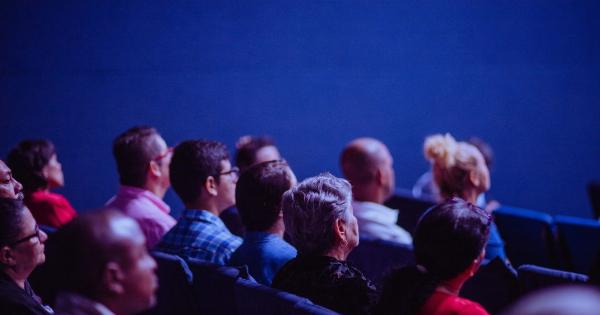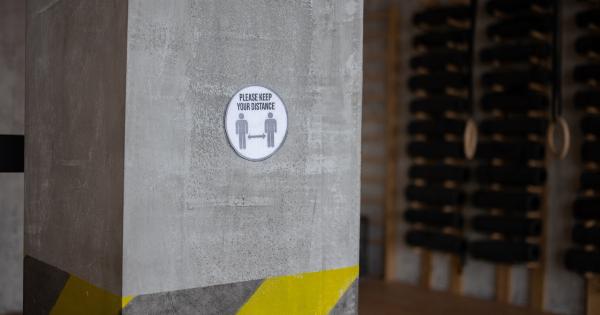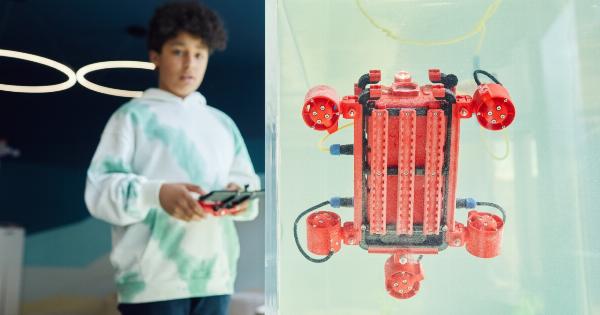A severely deviated nose can cause significant cosmetic and functional issues for individuals. It can affect the overall balance and symmetry of the face, leading to self-consciousness and difficulty breathing.
Fortunately, advancements in medical technology and surgical techniques have made it possible to straighten a severely deviated nose in a single operation. This article will explore the various methods used to correct a deviated nose, the benefits of opting for a one-time procedure, and the recovery process.
Understanding Nasal Deviation
Nasal deviation, also known as a deviated septum, occurs when the thin wall (septum) separating the two nasal passages is significantly off-center.
As a result, one nasal passage becomes narrower than the other, leading to symptoms such as difficulty breathing, congestion, frequent sinus infections, snoring, and sleep apnea. Additionally, nasal deviation can create an asymmetrical appearance, causing the nose to appear crooked or bent.
Methods to Correct a Deviated Nose
When it comes to correcting a severely deviated nose, there are two primary methods: non-surgical and surgical options.
Non-Surgical Options
Non-surgical options are typically recommended for individuals with mild to moderate nasal deviation. These methods focus on managing the symptoms associated with a deviated septum rather than correcting the underlying issue.
Some common non-surgical interventions include:.
1. Nasal Sprays and Medications
Prescribed nasal sprays or medications can help alleviate symptoms such as congestion and inflammation. They work by reducing swelling in the nasal passages, making breathing easier.
However, it’s important to note that these medications only provide temporary relief and do not address the deviation itself.
2. Allergy Management
Allergens can exacerbate symptoms of a deviated nose. Identifying and managing allergens through avoidance or allergy medications can help reduce congestion and inflammation, providing some relief.
3. Breathing Exercises
Some individuals find relief through breathing exercises, such as nasal strips or specific breathing techniques. These exercises can temporarily improve airflow through the nasal passages, making breathing more comfortable.
Surgical Options: Straightening a Deviated Nose
For severe cases of nasal deviation, surgical intervention is often the recommended course of action. Corrective surgery aims to realign the septum, straightening the nose and improving both function and aesthetics.
Here are the two primary surgical methods:.
1. Septoplasty
A septoplasty is a surgical procedure that involves repositioning or removing a portion of the deviated septum to straighten the nose.
It is typically performed under general anesthesia, and the surgeon makes an incision inside the nose to access the septum. The deviated portion of the septum is then reshaped or removed, allowing for improved airflow and nasal symmetry. The procedure usually takes around one to two hours, and recovery time can vary.
2. Rhinoplasty
Rhinoplasty, commonly referred to as a “nose job,” is another surgical option for correcting a severely deviated nose. While septoplasty focuses on addressing functional issues, rhinoplasty also aims to enhance the nose’s appearance.
In addition to straightening the septum, the surgeon can reshape the external structures of the nose, achieving a more symmetrical and balanced facial profile. Rhinoplasty is typically performed under general anesthesia, and the procedure duration and recovery time depend on the complexity of the surgery.
The Benefits of One-Time Surgery
Opting for a single operation to straighten a severely deviated nose offers several advantages:.
1. Comprehensive Correction
A one-time surgical procedure, such as a combined septoplasty and rhinoplasty, addresses both functional and aesthetic concerns. This means that individuals can achieve improved breathing and a more balanced facial appearance in a single operation.
2. Reduced Cost and Recovery Time
Instead of undergoing multiple surgeries to correct nasal deviation, opting for a single operation reduces costs and recovery time. Combining procedures allows for simultaneous correction, minimizing the overall financial and time commitment.
3. Enhanced Patient Satisfaction
Achieving the desired results with a single operation boosts overall patient satisfaction. Patients can see and feel the improvements sooner, leading to increased confidence and improved quality of life.
Recovery Process
The recovery process following surgery to straighten a severely deviated nose can vary depending on the individual and the specific procedure performed. However, here are some general guidelines:.
1. Initial Recovery Period
In the immediate post-operative period, patients may experience swelling, bruising, and mild discomfort. Nasal splints or packing will likely be placed inside the nose to provide support and help maintain the new shape.
Pain medication and cold compresses can help manage any discomfort during this stage.
2. Rest and Care
It is essential to allow adequate time for rest and recovery.
Keeping the head elevated, avoiding activities that could put strain on the nose, and following the surgeon’s instructions regarding pain medications and wound care are crucial for a smooth recovery process.
3. Follow-Up Appointments
Regular follow-up appointments with the surgeon are necessary to monitor healing progress and ensure the desired outcome is achieved.
The surgeon may remove nasal packing or splints during these visits and provide further guidance on care and activity restrictions.





























